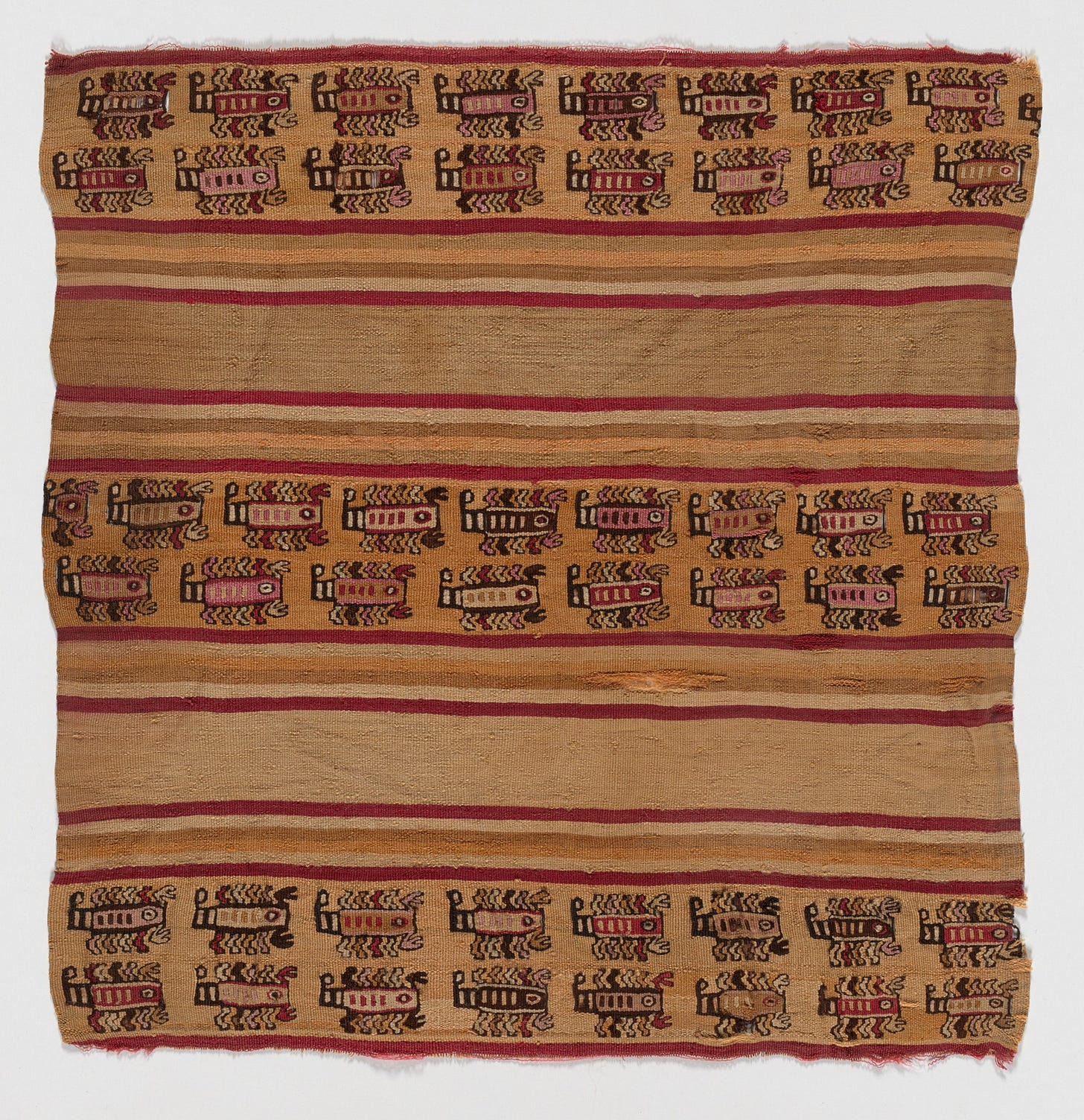#70. SCORPION / ESCORPÍ
There are more things in heaven and earth / Hi ha més coses al cel i a la terra
There are more things in heaven and earth, Horatio,
Than are dreamt of in your philosophy.
Hamlet by William Shakespeare
SCORPION
Scorpions are the arachnid with oldest fossils, it is estimated that they existed over four hundred million years ago, before dinosaurs and spiders. The Egyptian goddess Selket has the gift of immortality, she embodies the scorpion mother who holds young children on her shoulder, feeds them and protects them from adversities. But Selket is also associated with death and desert desolation. The Mayan had the scorpion as the god of war, and in the glyphs of their writing it represented penance and blood. In Christianity, we find images of the devil with a scorpion tail and during the Middle Ages it was the emblem of treason. In China, the scorpion was one of the five poisonous animals, the Wu Tu. Many African tribes are abstaining to name it to avoid bad omens. In ancient Greece, Orion attempted to rape Artemis, and the virgin goddess defended herself with the help of a scorpion: the gods raised Orion and the scorpion to heaven by placing them at opposite ends, so that when the constellation of Scorpion rises from the horizon, Orion hides away from the animal that caused his death. Alchemy projected the discovery of hidden talents into the scorpion, a dramatic event that may lead to terrible turbulences as to transformation processes. The mating dance of scorpions evokes the proximity of life and death, at the end of the dance, the female usually devours the male. The eighth sign of the zodiac is linked to sexuality, power, intoxication and penetration into the dark depths full of wealth and dangers.
"The aim of good literature is to show us that we know nothing, that we never know anything, but that we can try to know a little, and that is the joke."
Elevación, elegancia y entusiasmo by Francisco Casavella
Hi ha més coses al cel i a la terra, Horaci,
de les que somia la teva filosofia.
Hamlet de William Shakespeare (traduït per Joan Sallent)
ESCORPÍ
L’escorpí és l’aràcnid del que es disposen fòssils més antics, es calcula que ja existia fa més de quatre-cents milions d’anys, abans que els dinosaures i les aranyes. La deessa egípcia Selket té el do de la immortalitat, encarna a la mare escorpí que porta les cries a l’espatlla, les alimenta i les protegeix de les adversitats. Però Selket també està associada amb la mort i la desolació del desert. Els maies tenien l’escorpí com el déu de la guerra i en els glifs de la seva escriptura representava la penitència i la sang. En el cristianisme trobem imatges del diable amb una cua d’escorpí i durant l’Edat Mitjana era l’emblema de la traïció. A Xina, l’escorpí era un dels cinc animals verinosos, els Wu Tu. Diverses tribus africanes s’abstenen de pronunciar el seu nom per evitar desencadenar les forces malignes. A la Grècia antiga, Orió va intentar violar Àrtemis i la deessa verge es va defensar amb l’ajuda d’un escorpí: els déus van elevar Orió i l'escorpí als cels col·locant-los en extrems oposats, de manera que quan la constel·lació d’Escorpí surt per l'horitzó, Orió s'amaga fugint de l'animal que va causar la seva mort. L’alquímia projectava en l’escorpí el descobriment dels talents amagats, un fet dramàtic que pot desembocar en desequilibris diabòlics de pèrdua d’identitat com en processos de transformació. La dansa d’aparellament dels escorpins evoca la proximitat de la vida i la mort, al final del ball, la femella sol devorar al mascle. El vuitè signe del zodíac va lligat a la sexualitat, el poder, la intoxicació i la penetració en les profunditats fosques plenes de riquesa i perills.
"El objetivo de la buena lectura es demostrarnos que no sabemos nada, que nunca sabemos nada, pero que podemos intentar saber un poco y ése es el chiste."
Elevación, elegancia y entusiasmo de Francisco Casavella









